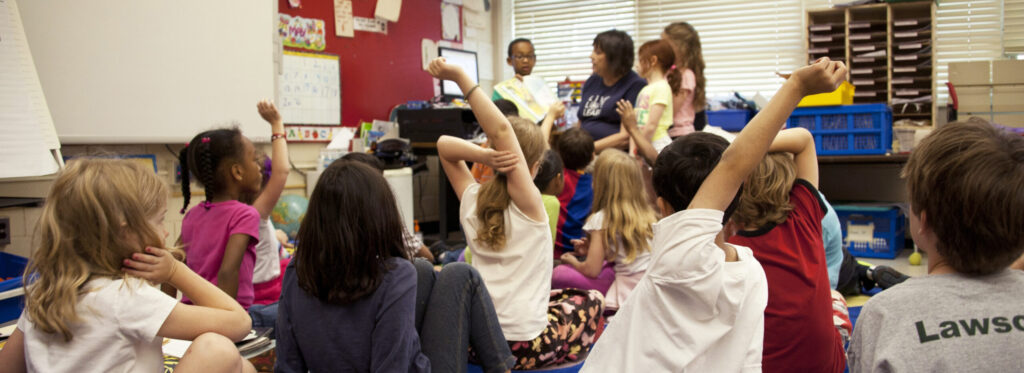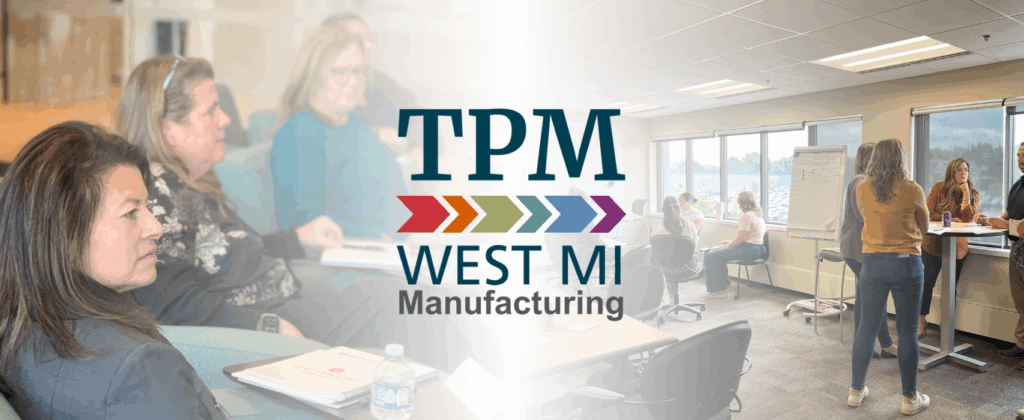The article referenced in this post can be read here from TIME.

According to a recent article from TIME written by Joseph E. Aoun, the artificial intelligence revolution is the biggest threat to job growth. In the next 20 years, up to half of all current jobs could be replaced by smart machines. Already, over 50 million factory jobs in the US have been replaced by automation since 2000.
This grim outlook is not the only perspective, however. Despite jobs lost, automation will likely create new jobs and employment growth—it’s just unclear how many and what type of new jobs will be available.
Automation: Expanding or Shrinking the Workforce?
One thing that is certain as the future of work shifts is that students and universities must make adjustments to ensure future workers’ success. Aoun criticizes American universities for being “slow to modernize” and calls for curriculum changes that will empower humans to do jobs that smart machines, robots, and artificial intelligence can’t.
Universities should partner with industry leaders in meaningful ways to create the best courses, says Aoun. Industry and education leaders must collaborate to identify the skills students will need in their ever-changing jobs. Internships may also be utilized so that students make connections between their coursework and a workplace. Beyond this, internships help students understand how to continue learning as they move through their careers.
As smart machines evolve and an increasing number of jobs can be automated, lifelong learning becomes even more important. According to Aoun, an undergraduate or even graduate degree is no longer enough—colleges should develop new ways for those already engaged in their careers to advance their knowledge and skills. So, universities must embrace nontraditional students as more people return to school throughout their careers. Already, 85% of those enrolled in college courses are nontraditional students.
We Must Be Ready for Rapid Change
As the future of work shifts, colleges must innovate to prepare students for careers in an increasingly automated workplace. While not everyone is convinced of how dire the future of work may be, changes will need to be made in order to make sure that America’s future workforce is well trained for the jobs that will be around.


